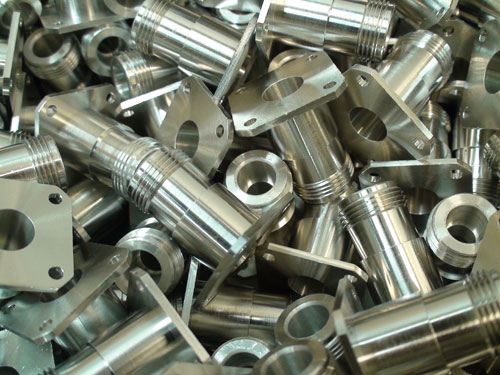Modern industries depend a lot on machinery to produce a mind-boggling number of items. Machines and parts are made with stainless steel for reasons such as inertness and tensile strength. The initial step in manufacturing steel parts is fabrication. These parts have to adhere to specifications and designs based on application. There is another stage to the manufacturing process –passivation.
What is passivation?
Passivation is as important as the fabrication process. It involves applying a light coating of protective materials (depending on what is manufactured) to steel parts so that they don’t corrode or break down from exposure. The basic idea is to not only strengthen but also preserve the metal and different parts. Passivation ensures that the parts perform correctly as intended and don’t fail during the production process.
Passivation is necessary because steel components still have deposits of oil and other substances, not to mention an oxide film on the surface. All of these deposits can abrade and corrode components, making them weak and damaged. The need is twofold – to remove the oxide layer that occurs during manufacturing and second to prevent damage during operation.
The passivation process
Chemicals are used to address both of these needs. The first step removes iron and other debris using nitric acid solution. The solution doesn’t affect the component’s surface. The next step is to use an oxidizer which converts chromium on the surface providing chromium oxide protection. This process helps in removing impurities and also to provide resistance to corrosion and damage from chemicals.
There is no set standard for the passivated process or how often it should be done. Companies which specialize in this process will be able to offer guidance based on what parts are used for. Since it is a complex process, it has to be done by specialists or it can cause a number of problems. The basic premise for doing passivation is to ensure that your machine parts are protected during use and also to ensure high quality output.
One other thing to keep in mind is that much of the debris is not visible to the naked eye and can get embedded into the surface. This can lead to deterioration much faster than the specs for a steel part and can lead to losses. Some facts to consider before engaging in the passivation process are:
- Steel which has over 11% chromium is capable of forming a shield which is invisible and self-repairing. This layer is the one which helps steel become corrosion resistant.
- If a steel surface is scratched, it can form this layer to protect itself. If some particles get embedded in a scratch, then the layers don’t form. This leads to corrosion.
- Passivation can be done using chemicals or electro-polishing. The latter process is more effective in helping the formation of passive surfaces as compared to chemicals.
The last step is very important as particles of iron or other materials can get embedded during rolling, stamping, machining and other steps to make a part. If these particles remain on the surface, they can corrode and also accelerate the rusting process. Passivation helps to dissolve smeared/embedded particles and restore corrosion resistant surfaces.
